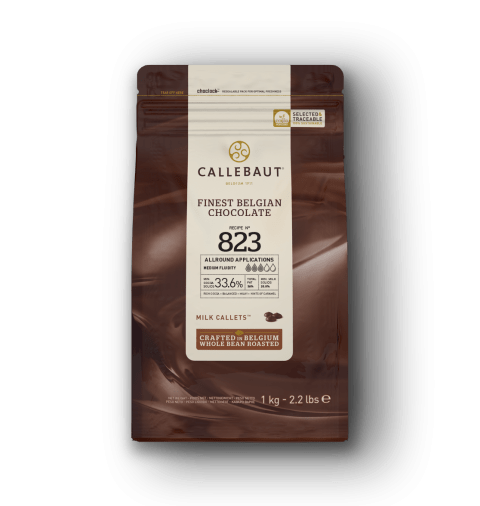Exploring Artisan and Alternative Flours
Exploring Artisan and Alternative Flours

Why bake with alternative flours?
Amaranth, millet, quinoa: these seeds and cereals can add nutrition and flavor to your baked goods. An additional benefit: some are gluten-free, making them an excellent option for customers avoiding gluten while allowing bakers to maintain flavor and variety in their shop’s product offering.
Local heirloom grains like rye, barley, and heritage wheats have similar nutritional and taste benefits, and milling them in-house is a great selling point for bakers who want to reduce their environmental footprint and keep their supply chain super-transparent.
Think about the flavor difference between an heirloom tomato bought locally at the peak of the season and a supermarket long-haul tomato purchased in the dead of winter, and you begin to understand the idea behind exploring different varieties of wheat and alternatives to conventional wheat flour. Supporting local agriculture supports your community, and, as always, highlighting flavor is the key to success. Heirloom and alternative flours can allow you to do both.
Consumers have the ability to choose foods that align with their individual values, whether that’s personal health, planetary health, supporting farmers, or digging into food for the pure joy of it.

Flours from Seeds and Cereals
Amaranth, Quinoa, Oats, Millet, Chia, Flax, Buckwheat
These can be used whole in a porridge loaf or ground into flour and used in various baked goods. They offer the added benefit of being gluten-free, and many are the nutritional powerhouses your customers are looking for when they seek guilt-free indulgences.

Heritage Varieties of Wheat Flours
White Sonora, Red Fife, Marquis, Warthog, Turkey Red
These flours come with a history and are often called “heritage” or “heirloom” wheat. Generally grown on small farms for specialty mills, these wheats offer great flavor and interesting stories. Because they’re grown in small quantities and often milled fresh, their effect in bread and other baked goods can be noticeable and wonderful once you get the hang of using them.
Just like heirloom vegetables, these varieties of wheat have distinct names. While we're used to tomatoes like "Cherokee Purple," our customers might not know that similar distinctions exist among grains. Be sure to talk up your unique ingredients and their benefits.
Whole wheat with names is new to people

Ancient Varieties of Wheat
Kamut (also known as Khorasan), Spelt, Einkorn, Emmer
These ancient varieties of wheat have survived for millennia as wild grains. The plants are tough and resilient, characteristics appreciated by farmers looking for crops that are drought-tolerant or that may be resistant to climate change. This same toughness can make them more difficult to process, making them more expensive to buy commercially.
So why bother?
The flavor and nutrition offered by ancient grains can have a huge impact on baked goods' flavor, appearance, and nutritional profile and your customers' perception of them. Those looking for a healthy snack will appreciate the higher levels of vitamins and minerals often found in these unique ingredients. Customers seeking new taste experiences will be amazed by how spelt or buckwheat pairs with chocolate, creating a next-level cookie experience.

How to incorporate ancient grains and heritage flours into your baking
Very carefully!
Some alternative flours produce less gluten than conventional flour; some have no gluten at all. Many will absorb more water than your usual flour. They all offer differences in texture, flavor, appearance, and price. Start by replacing a small amount of your usual flour with an alternative and work your way up to higher percentages. Or try logical substitutions like rye for whole wheat, or a different variety of wheat flour in place of your normal conventionally produced brand.
From Ancient Grains to Modern Miracle, Food Processing March 8, 2022
Versatility, Taste Drive Demand for Specialty Flours, Baking Business.com
The Pandemic Brought More Flavorful Flour Into America’s Kitchens, Slate.com June 21, 2021
Chocolate to Pair with Earthy Artisan Grains
Ready to give it a try?
This recipe calls for standard whole wheat flour, but we encourage you to experiment!





Comments